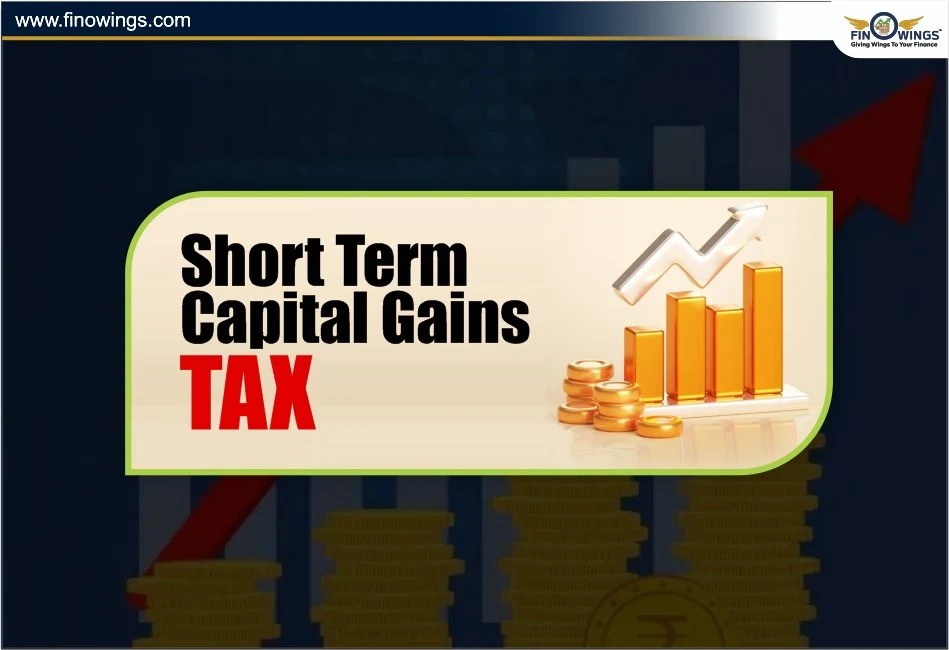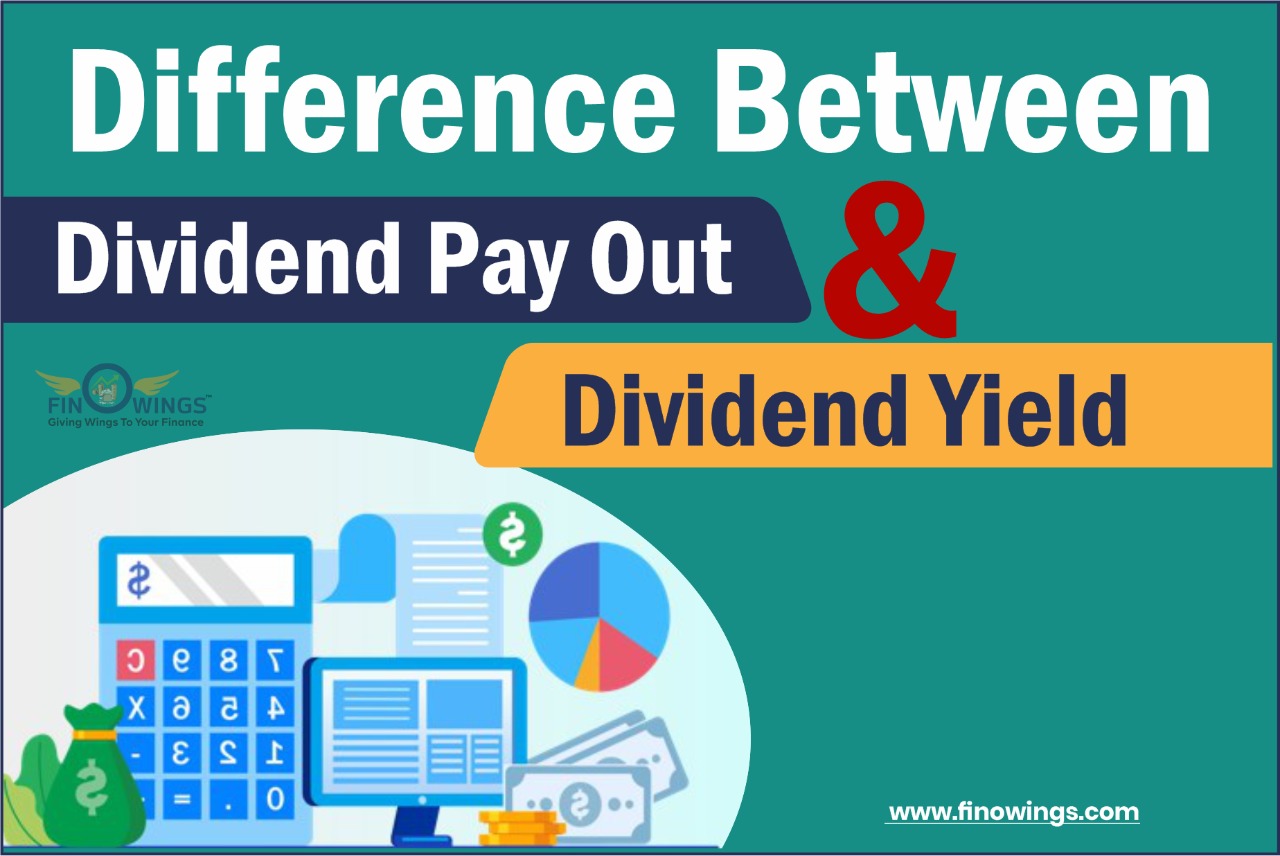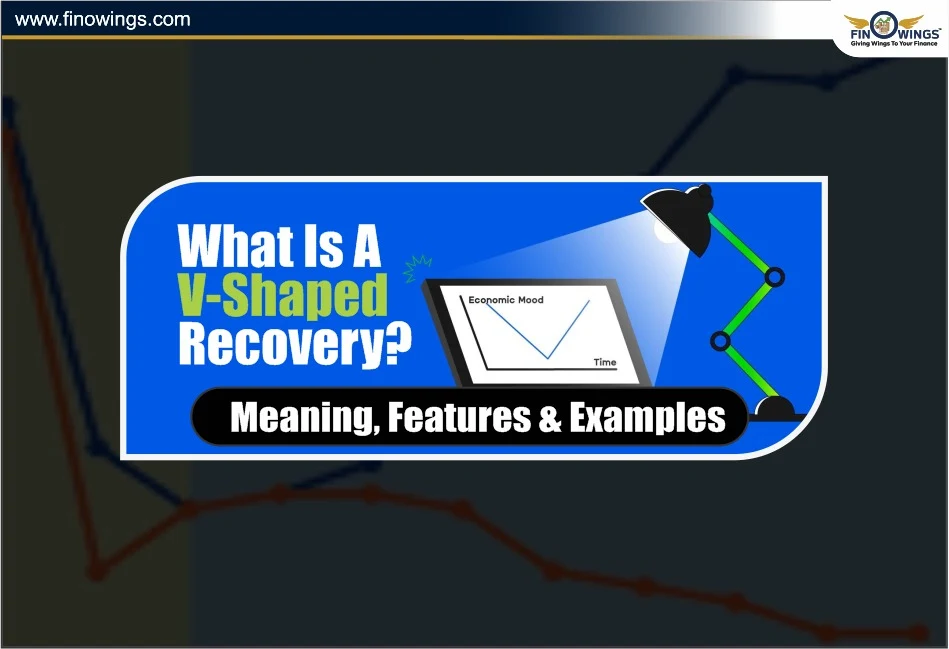Home >> Blog >> Key Factors That Influence EBITDA and EBIT Performance
Key Factors That Influence EBITDA and EBIT Performance

Table of Contents
EBIT and EBITDA are important indicators of a company’s profitability and how well it operates and generates revenue before taxes and financing. This blog will provide a explanation of EBIT and EBITDA, their computations, and the primary factors affecting them.
What Is EBITDA?
EBITDA means earnings before interest, taxes, depreciation, and amortization. This non-GAAP financial statistic assesses a business's operational profitability without accounting for non-cash expenses like depreciation and amortization as well as non-operating costs like financing.
EBITDA Formula
EBITDA = Net Profit + Interest + Taxes + Depreciation + Amortisation
Or EBITDA = Operating Profit + Depreciation + Amortisation
This is because it abstracts equity and debt financing and the tax differences of the businesses being compared.
Factors Affecting EBITDA
A company's EBITDA performance can be influenced by various internal and external factors:-
1. Revenue Growth
If costs remain constant, EBITDA will rise in tandem with revenue growth. Gaining pricing power, diversifying the product, or raising demand are all ways to accomplish growth.
2. COGS or cost of goods sold
Changes in labor costs, supplier terms, and raw material prices can all have an impact on gross margin, which in turn affects EBITDA.
3. Operating Expenses
EBITDA is directly affected by costs including salaries, marketing, rent, logistics, and administration. Improved margins are achieved by effective management of these costs.
4. Inflation and Input Costs
When a company cannot increase prices to cover rising costs, EBITDA margins will decline.
5. Economies of Scale
As a business expands, it generally reduces its costs per unit, which increases EBITDA margins.
6. Exchange Rate Movements
For firms with international operations, fluctuations in foreign exchange rates will affect the consolidation of revenues and expenses thus affecting reported EBITDA.
7. Non-Recurring Items
EBITDA can be deflated or inflated temporarily by one-time gains or losses, such as selling off assets or incurring restructuring costs. Adjusted EBITDA tends to be calculated to eliminate these.
8. Competition and Pricing Pressure
Remaining price-competitive can lead to revenue and EBITDA margins being negatively impacted because of the necessity to lower prices within a market.
9. Seasonality
EBITDA can be impacted quarterly by seasonality, as seen in the travel and retail industries. This can be evident as well in any agricultural business.
What Is EBIT?
EBIT means Earnings Before Interest and Taxes. EBIT estimates a company's profits while avoiding interest and tax payments. EBIT also values unpaid interest and tax payments. EBIT indicates the profits and value generated by the core operations of a company. EBIT describes the earnings before interest and taxes.
EBIT Formula
EBIT = Revenue - Operating Expenses
EBIT = Net Income + Interest + Taxes
EBIT measures profits conservatively and strictly. EBITDA measures earned cash profits. EBITDA removes unpaid interest and tax payments while assessing cash earned.
Factors Affecting EBIT
Like EBITDA, EBIT does also somewhat capture the value of depreciation and amortisation, thus, other factors are involved as well.
1. Asset Depreciation
EBIT will be lower in capital intensive industries such as manufacturing, telecom, and infrastructure, because these industries have a disproportionate amount of depreciation expenses.
2. Asset Utilisation Efficiency
The higher the direct revenue a company generates from its assets, the better its EBIT margin will be.
3. Amortisation of Intangibles
Amortisation of intangible assets will reduce EBIT, so any company that has patents or software licences will be impacted by this.
4. Capital Expenditure
Increased depreciation expenses due to new machinery or expanding plant will lower EBIT in the short-run but improve long-term earnings and EBIT.
5. Managing Costs
With EBITDA, operating costs (i.e., labour, logistics, and rent) simultaneously impact EBIT too.
6. Changing Product Mix
Altering the mix of products and/or services that a firm provides has a direct impact on the profit margins and the EBIT. Typically, products and/or services that have higher profit margins lead to an improved EBIT.
7. Economic Cycles
Sectors that require a lot of capital tend to have EBIT that follows predictable cycles in relation to demand and economic conditions.
Difference Between EBITDA and EBIT
|
Parameter |
EBITDA |
EBIT |
|
Full Form |
Earnings Before Interest, Taxes, Depreciation & Amortization |
Earnings Before Interest & Taxes |
|
Includes |
Excludes depreciation and amortization |
Includes depreciation and amortization |
|
Focus |
Operational cash performance |
Operating profitability including asset costs |
|
Used For |
Comparing efficiency and cash flow potential |
Assessing overall operating performance |
|
Ideal For |
Tech-based or asset-light businesses |
Manufacturing and other capital-intensive industries |
Importance of EBITDA and EBIT
1. Operational Efficiency
EBIT and EBITDA help assess the core business profitability independent of tax policies and different financing approaches.
2. Valuation and Comparison
Investors use these earnings to assess business operations and performance in the same industry. EV/EBITDA and EV/EBIT ratios measure the business value by assessing prices to earnings.
3. Cash Flow Insight
EBITDA measures cash flow which is vital for companies with cash charge depreciation.
4. Debt Assessment
When assessing a company’s ability to meet interest obligations or other debt responsibilities, lenders and credit rating agencies look at EBITDA, applying the Interest Coverage Ratio or Debt-to-EBITDA ratio.
Example of EBITDA and EBIT Calculation
Take the following simple case for example.
|
Particulars |
Amount (₹ Cr) |
|
Revenue |
1,000 |
|
Operating Expenses (Excl. Depreciation & Amortization) |
700 |
|
Depreciation & Amortization |
100 |
|
Interest |
50 |
|
Taxes |
30 |
EBITDA = Revenue – Operating Expenses (Excl. Depreciation & Amortisation)
= ₹1,000 – ₹700 = ₹300 Cr
EBIT = EBITDA – Depreciation & Amortisation
= ₹300 – ₹100 = ₹200 Cr
This means that the relative EBITDA margin of the firm is 30% and the EBIT margin is 20%.
Final Thoughts
EBIT and EBITDA margins indicate the profitability of a firm and enable analysts and other interested parties to measure the efficiency of the firm in relation to its primary business activities. EBIT is more realistic since it encompasses depreciation and amortisation, while EBITDA centres on cash profitability.
Revenue growth, operating costs, asset efficiency, and depreciation are factors affecting EBITDA and EBIT. Knowing these helps you analyse a company’s earnings before interest, taxes, depreciation, and amortisation more effectively. In short, leverage EBITDA when looking at a company's operational efficiency and EBIT to determine how well a company earns from and manages its assets over a long period. Both are essential to a financial analyst.
DISCLAIMER: This blog is NOT any buy or sell recommendation. No investment or trading advice is given. The content is purely for educational and information purposes only. Always consult your eligible financial advisor for investment-related decisions.


















